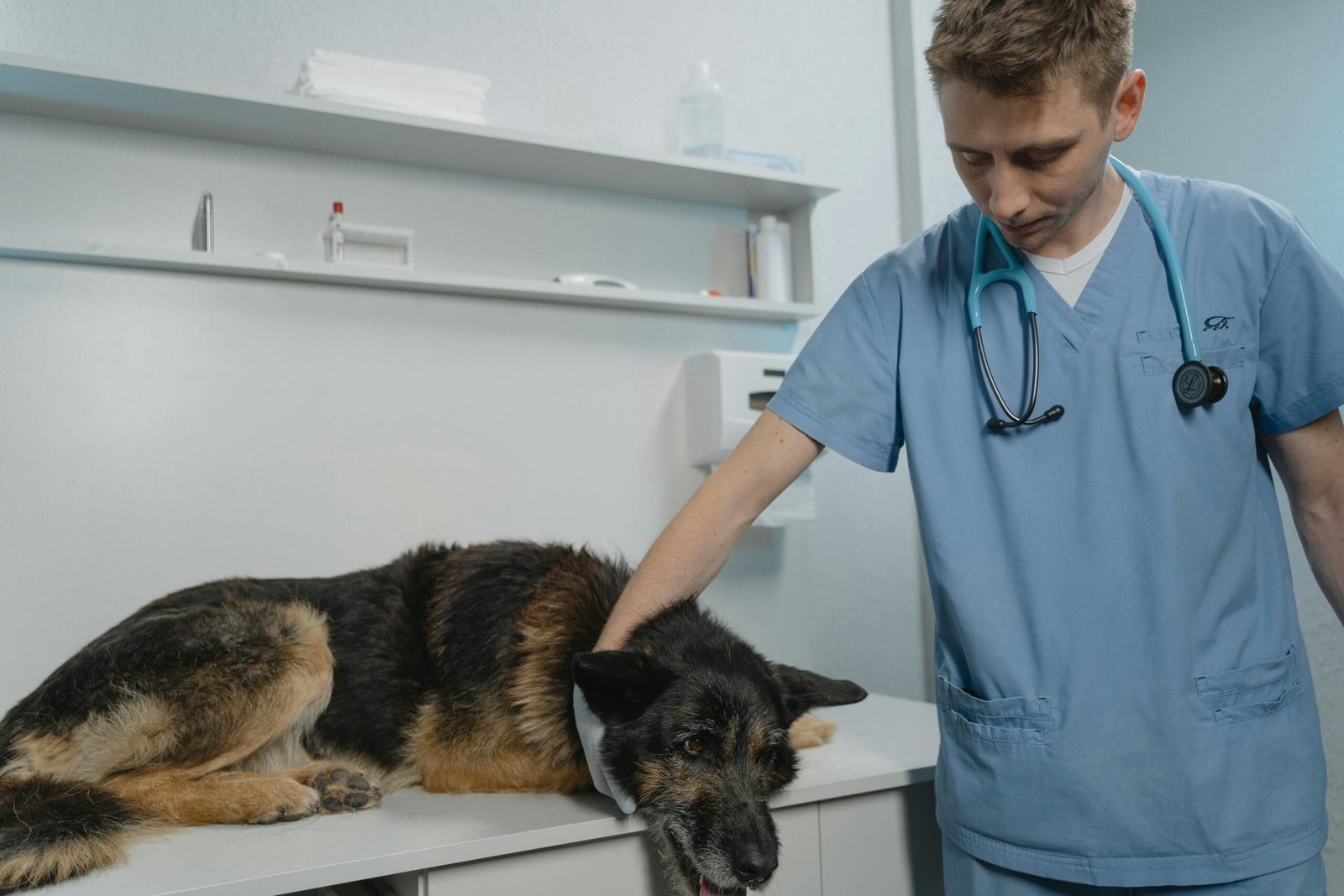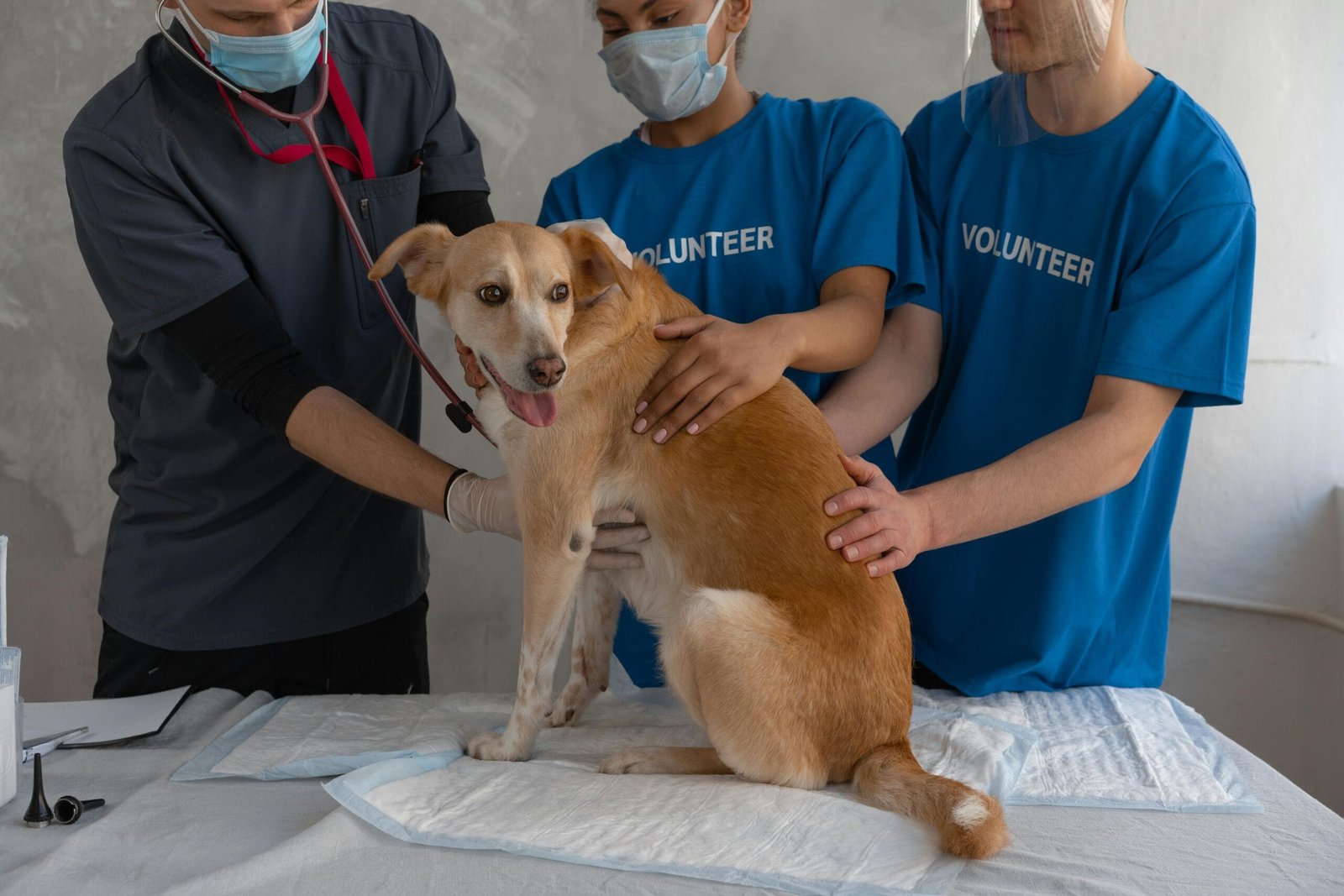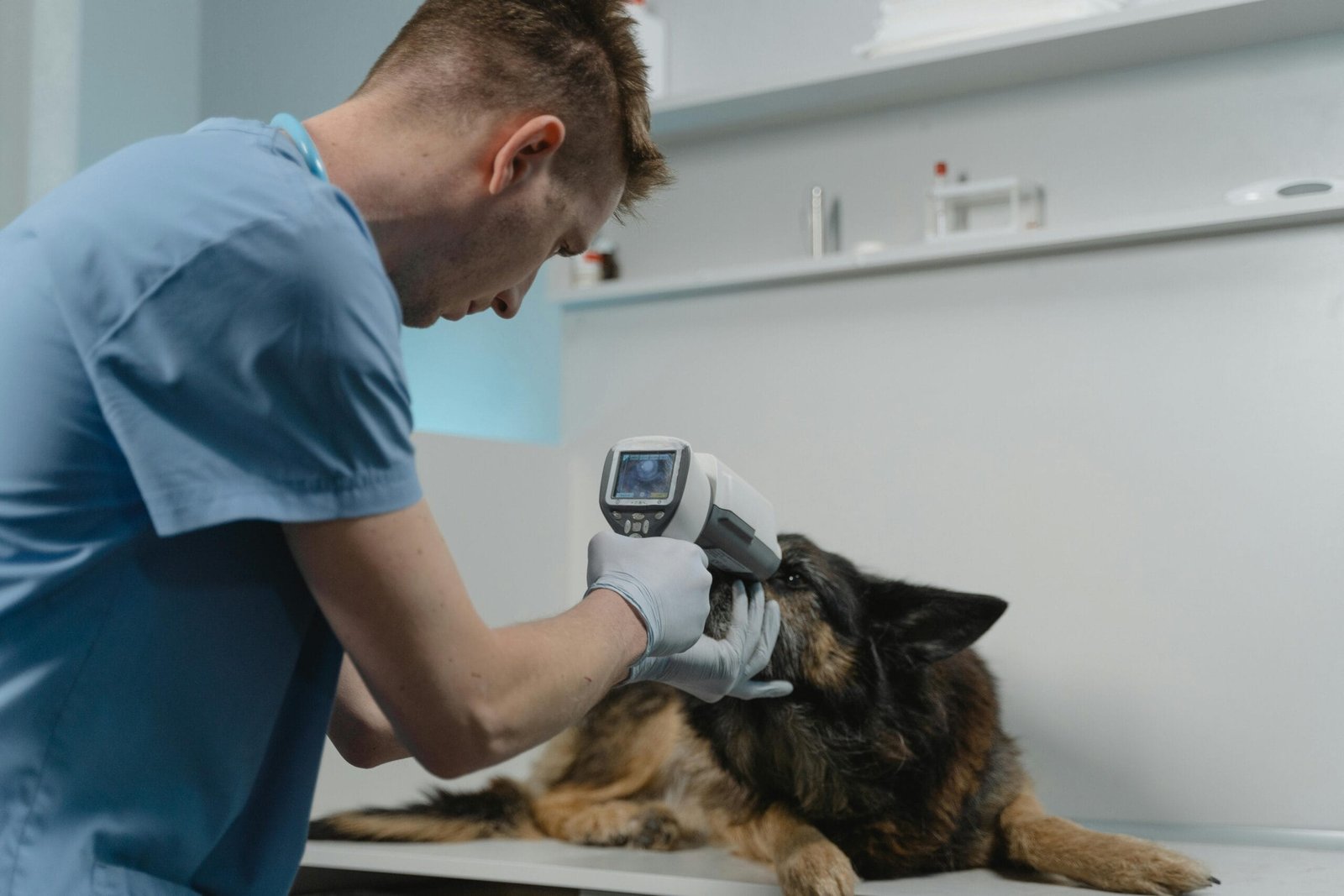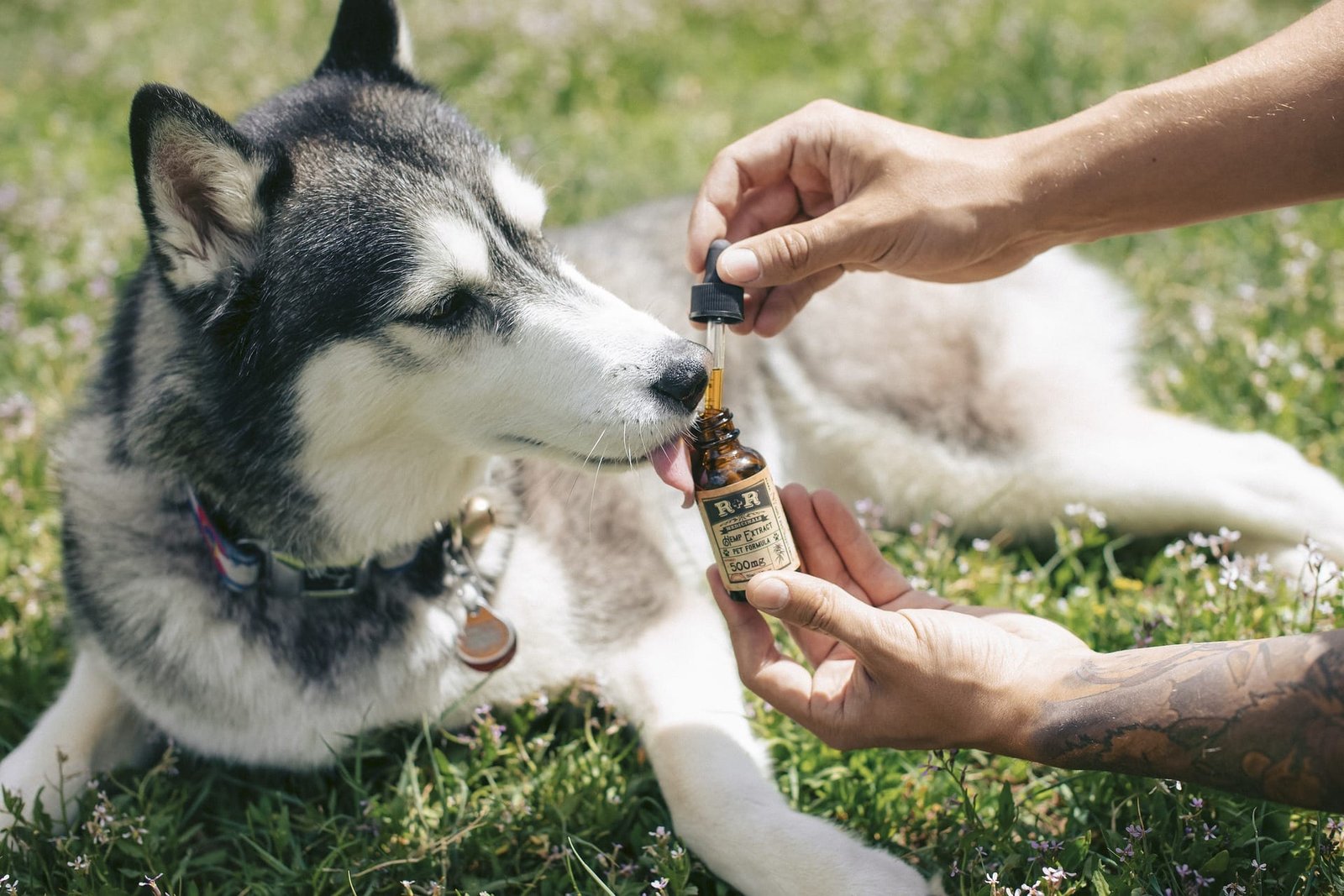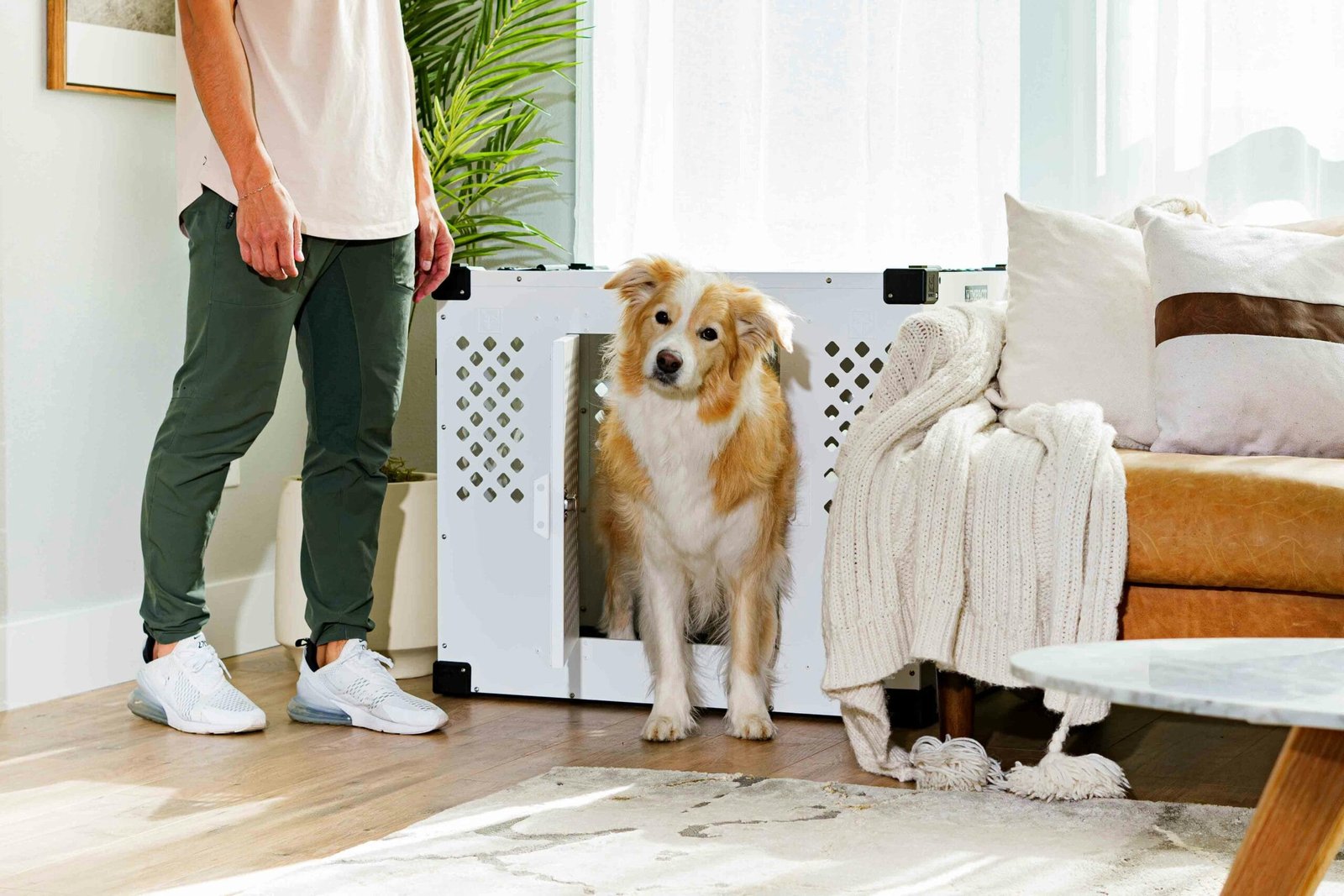What To Do If Your Dog is Shaking and Vomiting: Causes & Solutions
Introduction
Seeing your dog is shaking and vomiting, be careful it can be alarming, and as a responsible pet owner, it’s crucial to understand what might be happening and how to respond. Dogs shake for many reasons, ranging from mild anxiety to serious medical conditions, and vomiting can signal anything from an upset stomach to toxin ingestion.
In this post, we’ll dive deep into the possible causes, what to do in such situations, and when you should rush to the vet.
Understanding Why Dog is Shaking and Vomiting
Dog Shaking and vomiting are often distress signals that your dog is experiencing discomfort. Shaking, also known as trembling, may be due to cold, anxiety, or even more serious health concerns. Vomiting, meanwhile, can range from mild nausea to a sign of digestive issues or poisoning.
Paying attention to these symptoms and their duration can provide vital clues about your dog’s health.
Common Causes of Shaking and Vomiting
1. Medical Conditions
Infections: Viral or bacterial infections can lead to both shaking and vomiting. For instance, parvovirus can cause severe vomiting and tremors in puppies.
Gastrointestinal Issues: Stomach upsets, such as gastritis, can result in your dog vomiting and shaking as a response to abdominal pain.
Neurological Disorders: Conditions like seizures may cause shaking along with vomiting, especially if the dog is experiencing a neurological issue.
2. Toxic Exposure
Common Toxins: Dogs may shake and vomit after ingesting toxins such as chocolate, certain plants, or cleaning products. It’s essential to act quickly if you suspect poisoning.
Household Hazards: Keep an eye on what your dog can access—items like antifreeze or human medications can be highly toxic.
3. Stress and Anxiety
Dogs can develop shaking due to anxiety or stress, especially in situations like thunderstorms, fireworks, or even separation from their owner. In extreme cases, stress can trigger vomiting as well.
Immediate Steps to Take if a Dog is Shaking and Vomiting
1. Assess the Situation
Observe the Symptoms: Monitor how long your dog has been shaking and vomiting. Occasional vomiting may not be serious, but persistent symptoms are a red flag.
Check for Other Signs: Look for lethargy, diarrhea, or any signs of pain, as these indicate that the issue could be more than just an upset stomach.
2. Keep Your Dog Calm
Create a Safe Environment: Move your dog to a quiet, comfortable area where they feel safe.
Provide Comfort: Stay close to your dog, offering reassurance and preventing them from eating or drinking too quickly, as this can worsen vomiting.
When to Consult a Veterinarian
1. Immediate Red Flags
If your dog’s vomiting persists or they seem unable to keep any food or water down for more than 12 hours, it’s time to consult a vet.
Severe Shaking or Seizures: If the shaking worsens or leads to full-blown seizures, you should seek emergency care immediately.
Signs of Distress: Difficulty breathing, pale gums, or collapse are clear indicators that your dog needs immediate veterinary attention.
2. Providing Detailed Information to the Vet
Document Symptoms: Note how long the symptoms have lasted, whether they occur after meals, and if your dog has eaten something unusual.
Share Recent Changes: Inform the vet of any new food, treats, or exposure to potential toxins that may have contributed to the situation.
Possible Treatments
1. Veterinary Diagnosis and Treatment
Diagnostic Tests: Your vet may suggest blood tests, X-rays, or ultrasounds to determine the cause of the shaking and vomiting.
Medications: Depending on the diagnosis, treatment could range from antibiotics for infections to anti-nausea medications for gastrointestinal distress.
2. Home Care After Veterinary Treatment
Dietary Adjustments: Post-treatment, your vet may recommend a bland diet like boiled chicken and rice to help your dog’s stomach settle.
Monitoring Recovery: Keep a close eye on your dog’s behavior after treatment and follow any instructions your vet provides for a smooth recovery.
Preventive Measures
1. Keep Hazardous Items Out of Reach
Pet-Proof Your Home: Make sure all household chemicals, human food, and medications are stored safely out of your dog’s reach to prevent accidental ingestion.
2. Managing Stress and Anxiety
Calming Aids: For dogs prone to anxiety, calming products like pheromone diffusers, anxiety wraps, or calming treats can help.
Training: Consistent positive reinforcement can help desensitize your dog to stressful situations like loud noises or unfamiliar environments. Find out how to recognize signs of distress in your dog.
Conclusion
When your dog is shaking and vomiting, it’s vital to remain calm and assess the situation. Some causes are mild and temporary, but others may require urgent medical attention. By understanding the symptoms, acting quickly, and knowing when to consult a vet, you can help ensure your dog’s safety and well-being.
Always keep an eye on your pet’s health and take preventive measures to avoid these scary situations.
Reference
Dog Shivering or Trembling: Causes and Treatments
Why Is My Dog Shaking? Causes & Solutions
Why is my dog vomiting and shaking?




